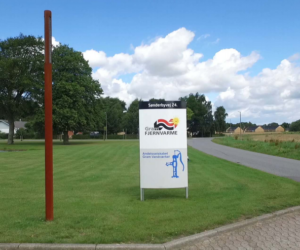
Sorry, your browser is not compatible with this application. Please use the latest version of Google Chrome, Mozilla Firefox, Microsoft Edge or Safari.
Energy Master Planning for Resilient Communities
Why energy master planning and resiliency planning shall be an important part of the area development plan? Until recently, most planners of public communities (military garrisons, universities, etc.) addressed energy systems for new facilities on an individual facility basis without consideration of energy sources, renewables, storage, or future energy generation needs. Building retrofits of public buildings typically do not address energy needs beyond the minimum code requirements and are usually not a part of the area development effort. Energy demand reduction using energy performance contracting models typically address mechanical and lighting systems and their controls; and energy savings from these projects typically range between 20% and 40% from the pre‐renovation baseline. The frequency and duration of regional power outages from weather, man-made events, and aging infrastructure have increased. Major disruptions of electric and thermal energy degrade critical mission capabilities and cause significant economic impacts.

| Format: |
|
| Topics: | |
| Website: | Visit Publisher Website |
| Publisher: | US Army Engineer Research and Development Center |
| Published: | December 6, 2019 |
| License: | Public Domain |
Featured Content

Contact Publisher


Claim Content





